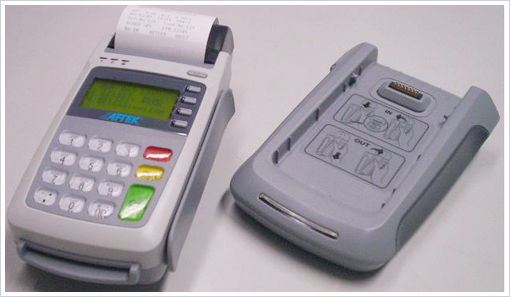The branch manager in the rural areas is hard pressed for time and as a result does little for developing the business of the branch or for scouting for new business opportunities for the branch. Hence, Information Technology in the form of digital information in the PDA for SHGs and other clients coupled with automation in a branch was used. It would serve to solve these vexed issues and leave adequate time for business development work.
To reduce paper work, save time and thus improve the efficiency of the field worker the following may be introduced:PDAs with entire information on active clients and SHGs and automation of book keeping in SHGs. It is also expected to reduce the scope of manipulation, reduce unintended leakages, and maintain up-to-date books at SHG level. With enhanced use of technology, the bank would be able to provide additional value to services being offered to the rural clients; and further expand its outreach in a sustainable manner.
The PDA integrated with the existing back-end application would be able to handle multiple transactions including: collections, receipts, loan disbursements, loan adjustments, fore-closure requests, group or member settlements, savings and withdrawals, emergency funds and more.
The basic unit of this program consists of groups comprising of 5-20 members each. The hierarchies of the logical units are as follows.
Head office->Project office->Circle->Division->Federation->Groups->Members
Each member is committed to pay a Suvidha Nidhi (which is decided by the group) to the organization every week. If a member has availed a loan from the organization, the member must pay the EWI (Equated Weekly Installment) to the organization. The collection of EWI and margin amount, issue of loans, and associated transactions are made through the PDA; the receipt is printed and given on the spot. A PDA contains the data of the groups of one or more divisions. The PDA is taken to the field by employees of the organization. Each employee has an independent login name and password and the money transaction made by each employee is reflected in the MCD.




- C, C++, MFC
- .NET
- Embedded Linux
- Hardware architecture design and development
- Arm Developers Suite
- Serial
- PSTN
- GPRS
- GSM




- Serial, PSTN transmission of master data from the factory server to the PDA
- Embedded C language for development and windows DLL
- TXT and DBF files for client interface
- Thermal printer for printing receipts





















